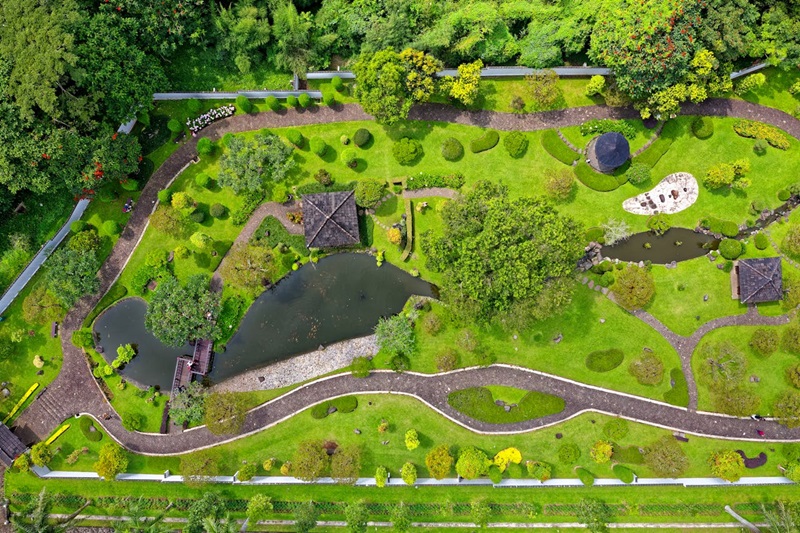A landscape can be compared to a symphony; its success depends on how harmoniously all the elements work together, creating a crescendo of delight for the senses. But is it enough for your landscape design to be just visually appealing? Is there a way to combine functionality with aesthetics while planning your outdoor spaces? This is the conundrum at the heart of every design process.
The ongoing reality of climate change and the consequential emphasis on sustainability has brought functionality to the forefront of landscape design. Aesthetic appeal, while important, is no longer the sole objective. Today, it’s also about water conservation, biodiversity support, and creating an outdoor space that caters to your lifestyle and utilitarian needs. Welcome to the world where functionality meets aesthetics in landscape design!
In this comprehensive guide, we’ll journey through the key elements of creating an outdoor space that brings together practicality and visual charm. We’ll delve into the ‘why’, ‘what’, and ‘how’ of this process, highlighting the benefits and challenges that come with this intricate dance of design.
The Art and Science of Landscape Design
Like a beautifully composed symphony, a successful landscape design requires an understanding of harmony, balance, rhythm, and movement. But it is as scientific as it is artistic. It calls for a grasp of horticulture, environmental science, and engineering, fused with a solid understanding of design principles.
The science of landscape design involves selecting plant species that are optimised for the local climate and soil, while the art lies in arranging them in a visually appealing manner. The technical aspects of grading, irrigation, and drainage should function smoothly under the beautiful exterior. Practically, a functional landscape should be easy to maintain, be sustainable, and serve your needs—whether it be a tranquil retreat or a space for social gathering.
The Aesthetic Allure
There’s no denying that the aesthetic element is of tremendous importance in any landscape design. No one wants to look out their windows at an uninspiring or visually disjointed garden. Choosing the right mix of flowers, trees, and ornamental plants can transform any outdoor space into a verdant paradise.
The colours, textures, and forms of plants should all work together to create visual harmony. Playing with the principles of scale, proportion, balance, and symmetry provides a structural backbone to your design, making it both pleasing to the eye and serving its purpose effectively.
Balancing the Practical Side
When it comes to the functionality of a landscape, there are several factors to consider. Determining the use of the space is crucial. Is it a space for children to play safely, an area for gardening, or a peaceful oasis to unwind in at the end of a stressful day?
Sustainable practices have evolved from being a trend into a necessity nowadays. Selecting plants that are not only native to your area but also attract local beneficial wildlife can be a gamechanger for your garden’s health. There’s also the practical matter of maintenance. Plants requiring minimal care or water make your garden manageable and keep it looking good year-round.
The Intersection of Functionality and Aged Beauty
Gone are the days when landscapes designs were predominantly ornamental. Now, they are expected to serve a larger purpose. Picture a kitchen garden where herbs and vegetables thrive—it’s not just visually engaging but also supplies fresh produce. Consider a strategically placed tree that provides shade in summer, saving on air conditioning costs. This is functionality meeting aesthetics at its best.
The Perks and Pitfalls
Designing a landscape that is both functional and attractive brings with it a host of benefits. It increases the value of your property and provides an outdoor living space for family activities. However, creating this perfect harmony between form and function comes with its challenges. It’s a time-consuming process that may require expert guidance.
Conclusion
Designing a landscape isn’t a task that concludes at the drawing board. It’s an evolving process where aesthetics and functionality must walk hand in hand. When done right, it results in a timeless landscape that not only draws the eye but is also a thriving ecosystem that serves both the environment and the needs of your lifestyle.
Strike the right balance. Create an outdoor symphony that resonates with beauty and practicality. Because, after all, the most captivating landscapes are those that function as beautifully as they look.
